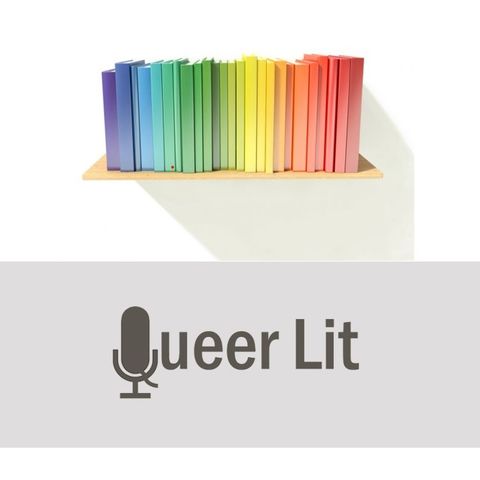“Gothic Transgressions” with Sarah Faber and Kerstin-Anja Münderlein

Descarga y escucha en cualquier lugar
Descarga tus episodios favoritos y disfrútalos, ¡dondequiera que estés! Regístrate o inicia sesión ahora para acceder a la escucha sin conexión.
Descripción
Have you heard of the wholesome queer Gothic? This is the cool new term that might just explain why so many of us were obsessed with monsters, witches, witches and...
mostra másReferences:
Rethinking Gothic Transgressions of Gender and Sexuality (Routledge, 2024)
Horace Walpole’s The Castle of Otranto (1764)
Ann Radcliffe’s The Italian (1797) and The Mysteries of Udolpho (1794)
Daphne du Maurier’s Rebecca
Naomi Novik’s Uprooted and The Scholomance
K.J. Charles’s Band Sinister
Vampire: The Masquerade -- Bloodlines
Bloodborne
Dark Souls
Fallen London
Castlevania
Sunless Sea
Doppelganger
Lara Brändle
Franziska Quabeck
Charles Dickens
Alycia Garbay
Grace King
Kit Schuster
Jennifer’s Body
Dracula
Edgar Allan Poe’s The Fall of the House of Usher
Julia Armfield’s Private Rites
The Hays Code
RuPaul’s Drag Race
Heartstopper
Casey McQuiston
Buffy The Vampire Slayer
Interview with The Vampire
Brad Pitt
Night Cascades
Hanako Games
Carolyn Dinshaw
Elizabeth Freeman
Kirsty Logan’s Things We Say in the Dark
Juno Dawson’s Wonderland (2020)
Questions you should be able to respond to after listening:
- Why is the Gothic both a genre and a mode? What do these terms mean?
- What are typical tropes and features of Gothic writing?
- Which century might we consider as an origin point of Gothic writing?
- What is the wholesome queer Gothic?
- What are male and female traditions of the Gothic?
- What is your favourite kind of monster and why?
Información
| Autor | Lena Mattheis |
| Organización | Lena Mattheis |
| Página web | - |
| Etiquetas |
Copyright 2024 - Spreaker Inc. an iHeartMedia Company

Comentarios